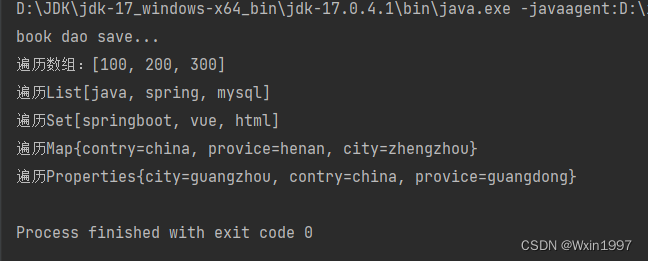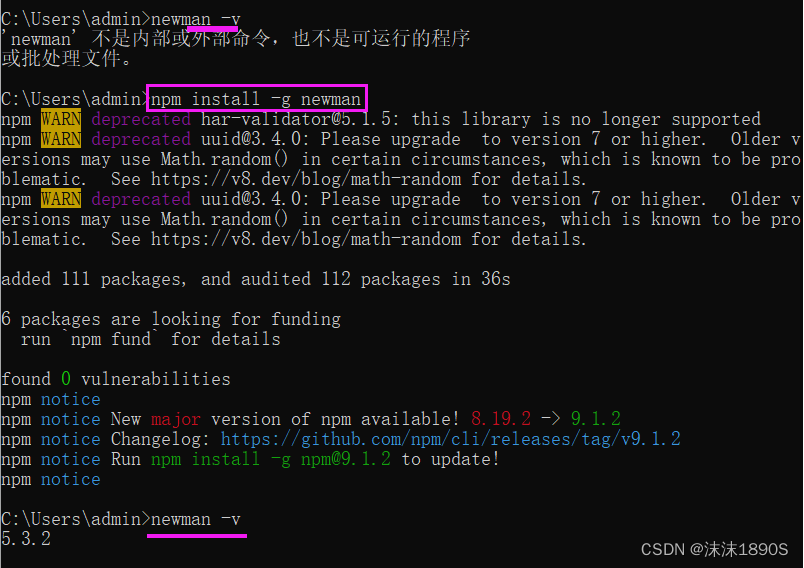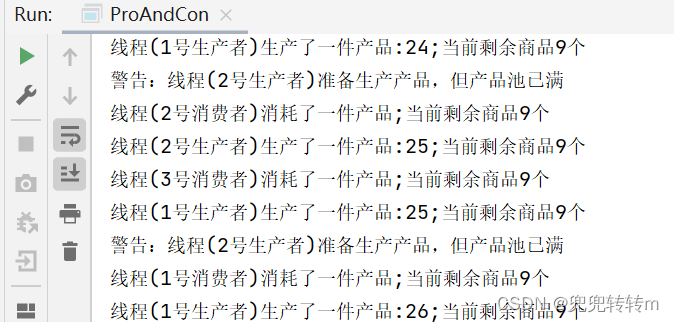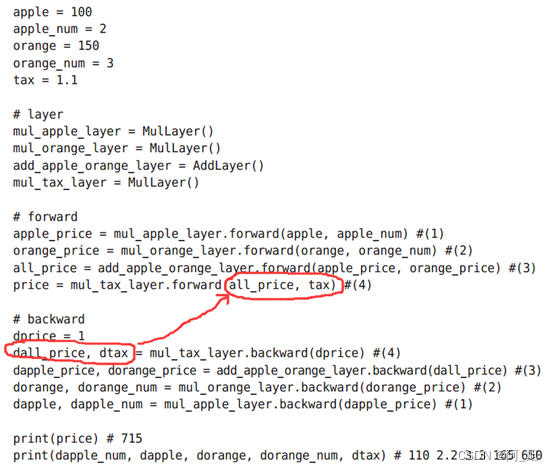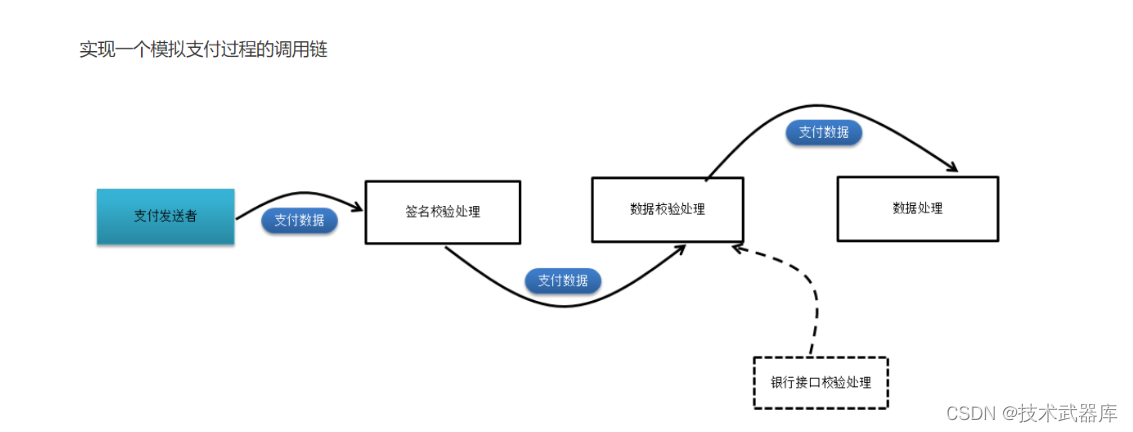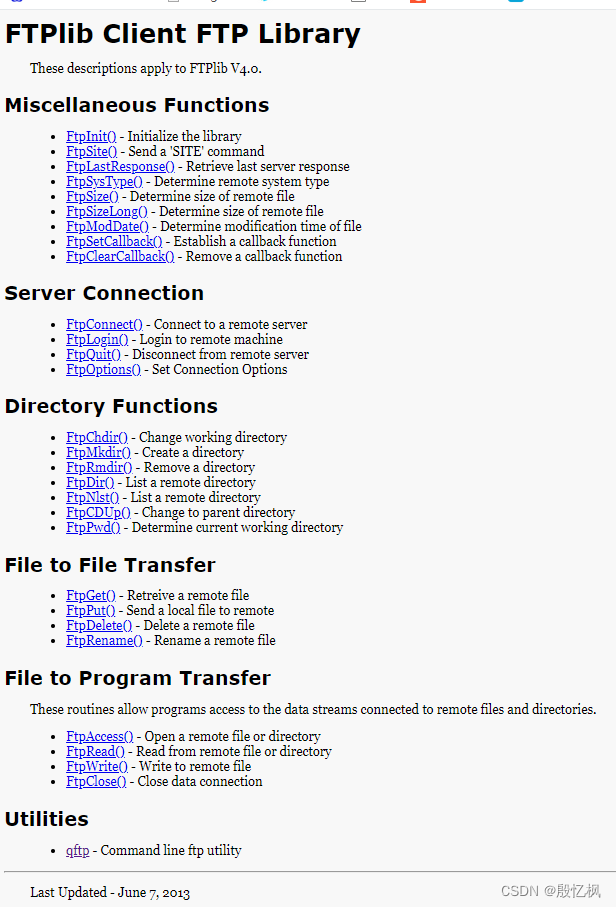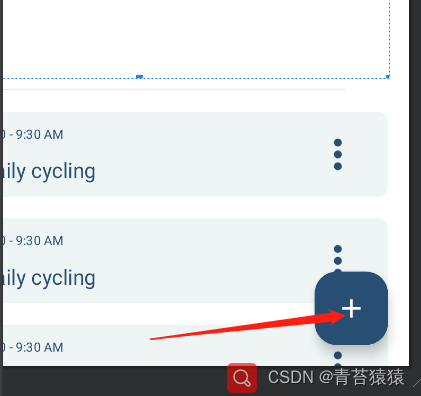省份数量
难度:中等
有 n 个城市,其中一些彼此相连,另一些没有相连。如果城市 a 与城市 b 直接相连,且城市 b 与城市 c 直接相连,那么城市 a 与城市 c 间接相连。
省份 是一组直接或间接相连的城市,组内不含其他没有相连的城市。
给你一个 n x n 的矩阵 isConnected ,其中 isConnected[i][j] = 1 表示第 i 个城市和第 j 个城市直接相连,而 isConnected[i][j] = 0 表示二者不直接相连。
返回矩阵中省份的数量。
示例 1:
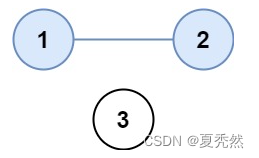
输入:isConnected = [[1,1,0],[1,1,0],[0,0,1]]
输出:2
示例 2:

输入:isConnected = [[1,0,0],[0,1,0],[0,0,1]]
输出:3
并查集
思路:
计算连通分量数的另一个方法是使用并查集。初始时,每个城市都属于不同的连通分量。遍历矩阵
i
s
C
o
n
n
e
c
t
e
d
isConnected
isConnected,如果两个城市之间有相连关系,则它们属于同一个连通分量,对它们进行合并。
遍历矩阵
i
s
C
o
n
n
e
c
t
e
d
isConnected
isConnected 的全部元素之后,计算连通分量的总数,即为省份的总数。
时间复杂度:
O
(
n
2
l
o
g
n
)
O(n^2 log n)
O(n2logn),其中
n
n
n 是城市的数量。需要遍历矩阵
i
s
C
o
n
n
e
c
t
e
d
isConnected
isConnected 中的所有元素,时间复杂度是
O
(
n
2
)
O(n^2)
O(n2),如果遇到相连关系,则需要进行 2 次查找和最多 1 次合并,一共需要进行
2
n
2
2n^2
2n2 次查找和最多
n
2
n^2
n2 次合并,因此总时间复杂度是
O
(
2
n
2
log
n
2
)
=
O
(
n
2
log
n
)
O(2n^2 \log n^2)=O(n^2 \log n)
O(2n2logn2)=O(n2logn)。这里的并查集使用了路径压缩,但是没有使用按秩合并,最坏情况下的时间复杂度是
O
(
n
2
log
n
)
O(n^2 \log n)
O(n2logn),平均情况下的时间复杂度依然是
O
(
n
2
α
(
n
)
)
O(n^2 \alpha (n))
O(n2α(n)),其中
α
\alpha
α 为阿克曼函数的反函数,
α
(
n
)
\alpha(n)
α(n)可以认为是一个很小的常数。
空间复杂度:
O
(
n
)
O(n)
O(n),其中
n
n
n 是城市的数量。需要使用数组
r
o
o
t
s
roots
roots记录每个城市所属的连通分量的祖先。
class Solution:
def findCircleNum(self, isConnected):
def find(index):
if roots[index] != index:
roots[index] = find(roots[index])
return roots[index]
def merge(index1, index2):
roota = find(index1)
rootb = find(index2)
if roota == rootb:
return
if deep[roota] > deep[rootb]:
roots[rootb] = roota
elif deep[roota] < deep[rootb]:
roots[roota] = rootb
else:
roots[roota] = rootb
rootb += 1
cities = len(isConnected)
deep = [1] * cities
roots = list(range(cities))
for i in range(cities):
for j in range(i+1, cities):
if isConnected[i][j] == 1:
merge(i, j)
return sum(roots[i]==i for i in range(cities))
来源:力扣(LeetCode)
链接:https://leetcode.cn/problems/number-of-provinces

